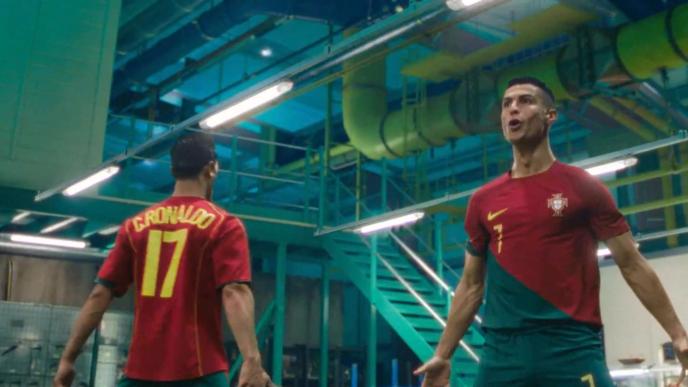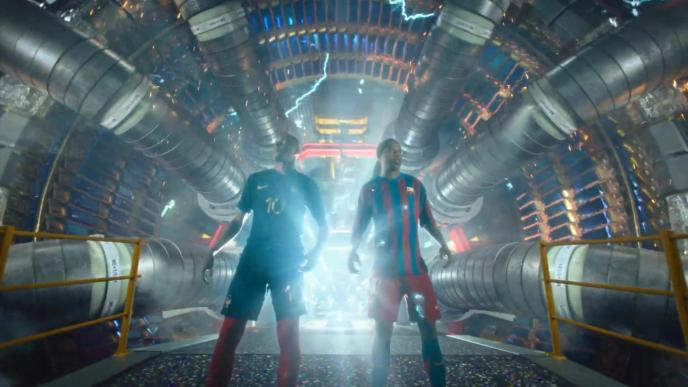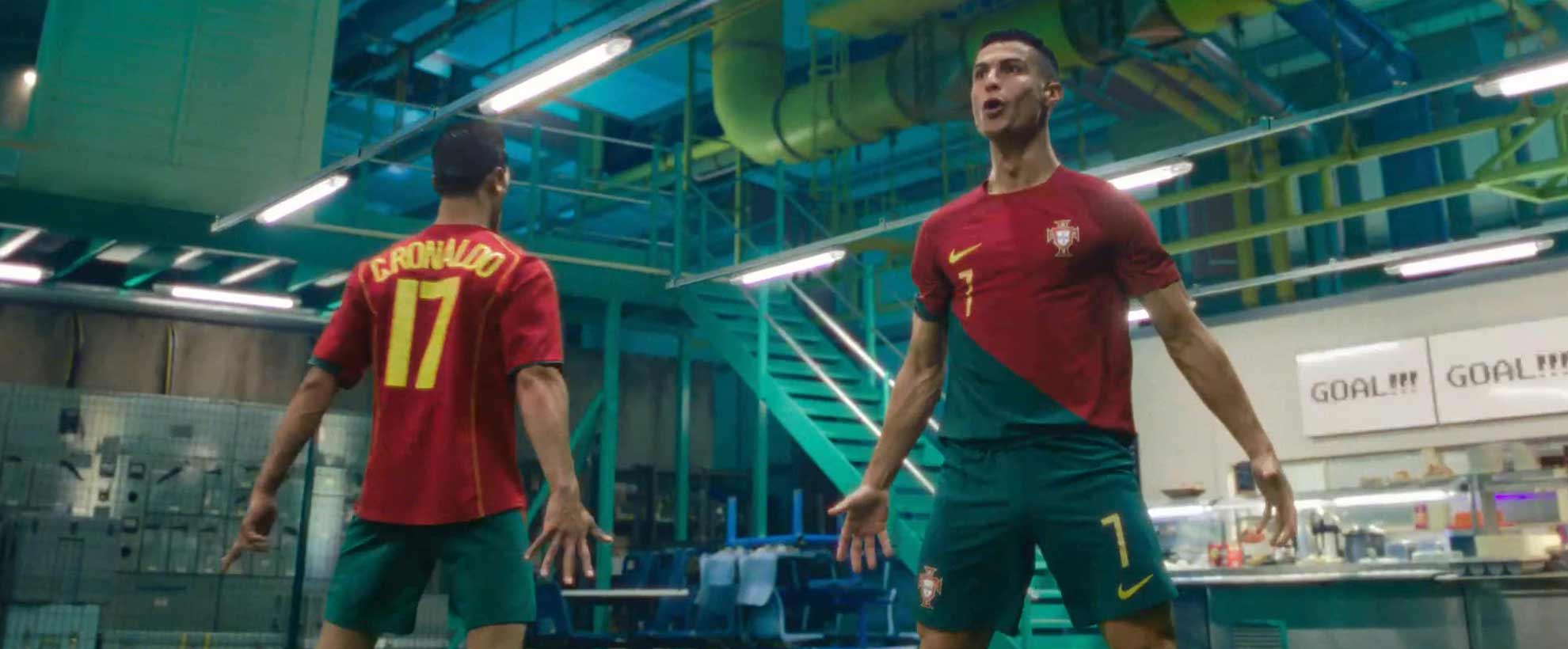
Footballverse
Nike launched a masterful four-and-a-half minute spot featuring some of the most recognizable names in soccer, from past and present, battling it out in the converted cafeteria of a secretive scientific research facility. Scientists from around the globe mischievously repurpose the technological behemoth in the lab, bending space and time to pit history’s greatest players against one another.
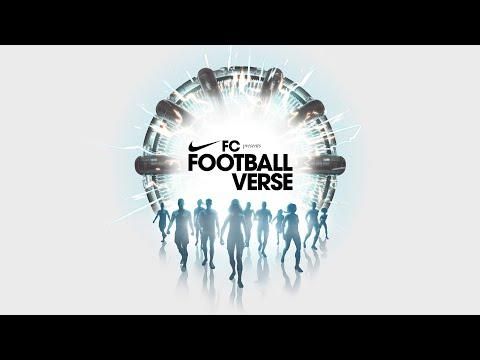
Footballverse underscores Nike’s belief in the unlimited potential of sports, inspiring the next generation of talent to strive for the best. Teaming up with Wieden + Kennedy and director team Megaforce, Framestore’s VFX team was enlisted with an array of feats, including de-aging key athletes to appear at the peak of their careers, CG environments and set extensions, extensive FX work, as well as compositing current players into the same scene when their shoot schedules didn’t align.
The epic spot features a dozen Nike professional athletes including Alex Morgan, Carli Lloyd, Cristiano Ronaldo, Edgar Davids, Kevin De Bruyne, Kylian Mbappé, Leah Williamson, Phil Foden, Ronaldinho, Ronaldo Nazário, Sam Kerr, and Virgil van Dijk.
Driven to the extreme, the wheels ultimately come off the science experiment with unexpected results. The Framestore VFX team coordinated with Japanese studio Olm Digital to bring much loved anime football star Gouenji Shuuya from “Inazuma 11” into the fray. As the spectacle quickens, the machine malfunctions turning the world momentarily into a retro video game animation, before chaotically ejecting hundreds of random players swarming towards the pitch. Ultimately, the scientists determine that in any true experiment about football greatness they must also consider the future players, confirming that the beauty of football resides in its perpetual evolution.
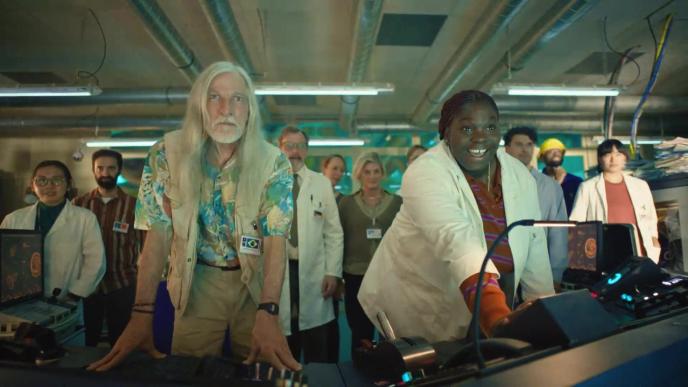
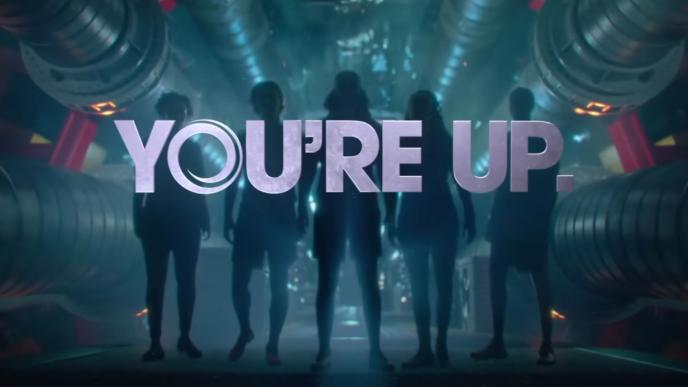
To digitally de-age Ronaldinho, Ronaldo Nazário, Cristiano Ronaldo and Edgar Davids, the VFX team employed a variety of techniques, since time restrictions did not allow them to build, animate and render fully CG faces for multiple characters.
Prior to shooting, the Framestore team extensively researched archival footage to build a library of each player during their prime. These images were vital as references for every required angle, providing the artists with targets for each aspect of their facial structure. Since the majority of this footage was low resolution and often poor quality, Framestore’s solution needed to be a combination of live action performance combined with extensive 2D deaging, and supported by both CG and proprietary Framestore AI face-building tools.
“Fortunately, production had access to the modern day players who required deaging. In certain cases the VFX team were able to scan these players, providing incredibly accurate geometry and therefore match moves which enabled faces to be worked on in 3D space, or at times swapped with performances captured independently,” said Framestore Creative Director, Alex Thomas.
This also meant that the VFX team were able to use real skin details, performance and, importantly, eyes. It was not always possible to have the players filmed on the same set, which meant camera angles and lighting needed to be carefully matched. Deaging work also went beyond faces, with CG hair and extensive body work required to take audiences back up to 20 years to their glory days.

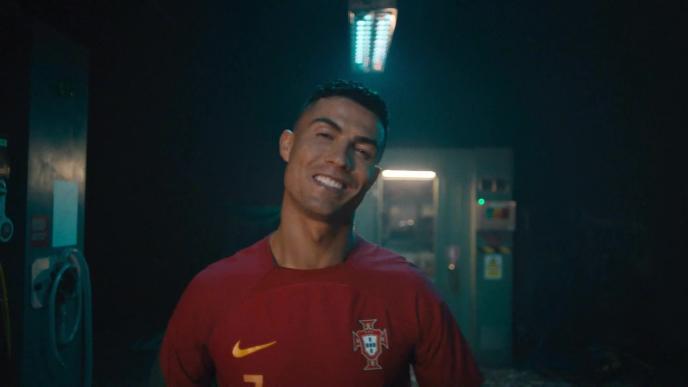
An enormous amount of environment and set extension work helped to both unify and transform the locations, as scenes were shot across London and Manchester in summer, while the narrative called for winter in Switzerland. The opening sequences on the playground required extensive work to remove any signs of summer trees, replacing surrounding buildings with the CG facility and mountainous environment. Once inside the science structure, the entire tunnel and machine used to generate the players was designed and built by the Framestore VFX team, inclusive of a dense network of pipes added to bring an industrial complexity to the cafeteria location.
Since not all athletes were able to travel or be filmed together, Framestore built a full CG interior of the entire location to bring the players together, relying heavily on reprojected plates.
“We wanted to allow the director’s freestyle camera language to remain, and without the benefit of any repeatable camera tech, the team relied heavily on very detailed scanning of the set in order to not only unify camera moves, but also create a 3D version of the set,” explained Thomas.
FX played an important role in the Footballverse coming to life, with lightning added to support the interactive lighting, and flames enveloping the future ball which rockets through the wall in the finale.
